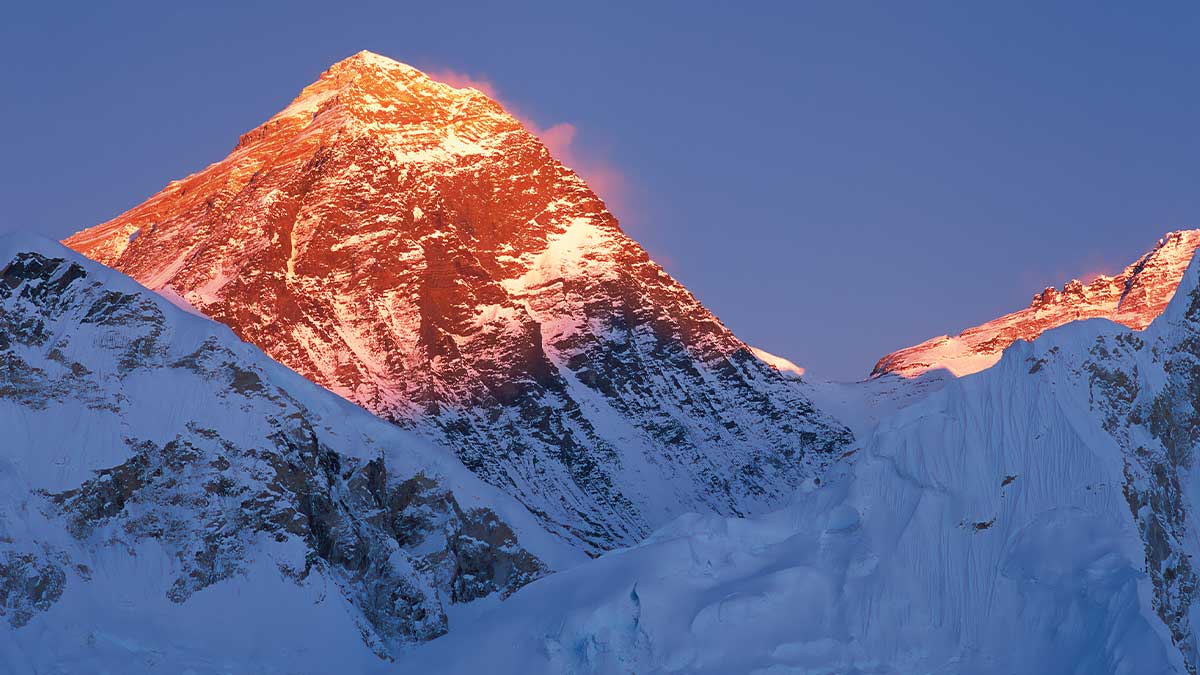Even the glaciers on Mount Everest are not safe from climate change, new research suggests.
The Himalayas have some of the world’s highest glaciers, yet they are not exempt to the effects of the global warming catastrophe.
According to studies, global warming is causing many decades’ worth of ice buildup to be lost each year.
The South Col Glacier on Mount Everest, which stands over 8,000 metres (26,000 feet) above sea level, has lost ice accumulated over 2,000 years in just three decades, according to experts from the University of Maine.
Read more: Mountaineers Sirbaz and Shehroze who scaled Everest honoured in Swat
Mount Everest expeditions could be climbing over more uncovered bedrock in the next decades, ultimately making it more difficult to climb as snow and ice cover continues to diminish, according to the study.
The glacier’s volume losses have accelerated because the glacier’s surface has transformed from snowpack to ice, losing its ability to reflect solar radiation, resulting in rapid melting and greater sublimation, according to the researchers.
Once the glacier’s surface was frequently exposed, it is estimated that the glacier thinned by 55 metres in a quarter-century, a rate more than 80 times faster than the nearly 2,000 years it took to develop the ice at the surface.
The study, which involves extracting 10m-long ice cores from the glacier, found that current thinning rates are around two metres each year.
According to the experts, the glacier’s transformation from permanent snowpack to majority ice cover could have been triggered by climate change since the 1950s, with increasing air temperatures aiding sublimation (the process of water changing from solid ice to water vapour). Since the late 1990s, climate change has had the greatest influence on the glacier.
The consequent water loss could have major consequences for people and ecosystems in the vicinity, including increased avalanche risk and a reduction in the glacier’s capacity to store water, which more than a billion people rely on for drinking water and irrigation.
“Climate estimates for the Himalaya show continuous warming and glacier mass loss, and even the peak of Mount Everest is impacted by anthropogenic source warming,” said Mariusz Potocki of the University of Maine, who obtained the world’s highest ice core as part of the research.
The consequent water loss could have major consequences for people and ecosystems in the vicinity, including increased avalanche risk and a reduction in the glacier’s capacity to store water, which more than a billion people rely on for drinking water and irrigation.
“Climate estimates for the Himalaya show continuous warming and glacier mass loss, and even the peak of Everest is affected by anthropogenic source warming,” said Mariusz Potocki of the University of Maine, who obtained the world’s highest ice core as part of the research.





















